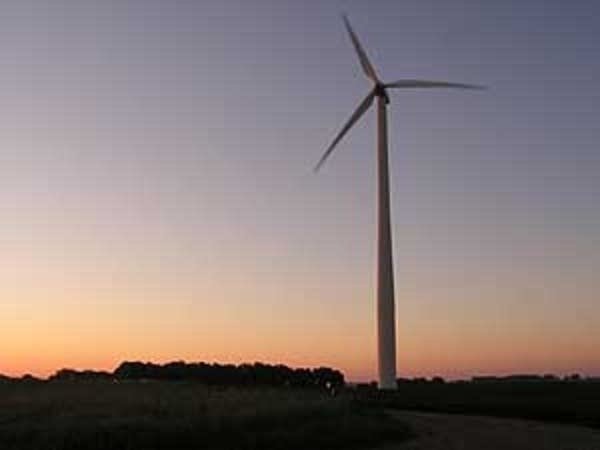Minnesota may be on verge of "energy revolution"
Go Deeper.
Create an account or log in to save stories.
Like this?
Thanks for liking this story! We have added it to a list of your favorite stories.

Even if it becomes law, the renewable energy standard is years away from taking full effect. The legislation is complicated but it basically requires most utility companies to get a quarter of their energy from renewable sources by 2025. That means windmills, solar power, plant materials or hydroelectric power. Xcel Energy has to hit the higher standard of 30 percent by 2020.
Sen. Ellen Anderson, DFL-St. Paul, is the chief author of the bill. She says she's amazed that every member of the Senate Committee on Energy, Utilities, Technology and Communications voted for the bill.
"This is a very strong bill that would lead the nation in terms of its requirements for new renewable energy and for wind energy and I think we just experienced a revolution in Minnesota," she said.
The bill stems from an agreement among environmental groups, utility companies, the Minnesota Chamber of Commerce, a select group of senators and the governor's office. After the committee vote, lobbyists who are normally opponents on energy matters were busy congratulating each other.
Turn Up Your Support
MPR News helps you turn down the noise and build shared understanding. Turn up your support for this public resource and keep trusted journalism accessible to all.
Environmentalists, like Bill Grant with the Izaak Walton League, say the bill could mean that utility companies will produce less carbon dioxide and other heat trapping gases. Those gases are believed to contribute to global warming.

"The fact that we're going to actually turn that ocean liner around and start heading into a negative direction with our emissions of carbon dioxide is a huge deal and that's the most significant thing for Minnesotans," Grant said.
According to several estimates, utility companies currently get about 6 percent of their energy from renewable sources. The bill would require utility companies to ramp up the use of renewable energy between now and 2025.
In all, the standard is expected to require 5,000 to 6,000 megawatts of renewable power by 2025. Most of that is expected to come from wind power. That's the equivalent of adding about 3,000 more windmills in the state.
The Minnesota Chamber of Commerce and several manufacturers have expressed concern that a greater use of renewable energy could lead to stiffer utility bills.
Mike Franklin with the Chamber says he's pleased that the legislation has a circuit breaker in case customers complain of higher energy bills. The Public Utilities Commission can modify or delay the standards if costs would go up or if the standard spells problems for the entire electric grid.
"I think customers should feel comfortable with the language that was passed here today," Franklin said. "Obviously there was a lot of stops left but I think if this is the bill that ultimately becomes law, we would not object to that."
Rick Evans, with Xcel Energy, says he's also pleased that the various interests could reach a compromise. He has one minor concern with the bill which he hopes can be addressed in other legislation. Evans says he'd like to see lawmakers loosen restrictions on utility-owned windmills.
"We want to get into the wind business," Evans said. "We want to own some of these assets like we own other power plants and we're going to be working in the next couple of weeks on legislation to make sure that that can happen while protecting our customers from high rates but while strengthening our company to start generating energy in this way."
The agreement comes one day after Xcel Energy announced that it will spend $210 million to build its own wind farm in Minnesota.
The full Senate now has to vote on the bill.



